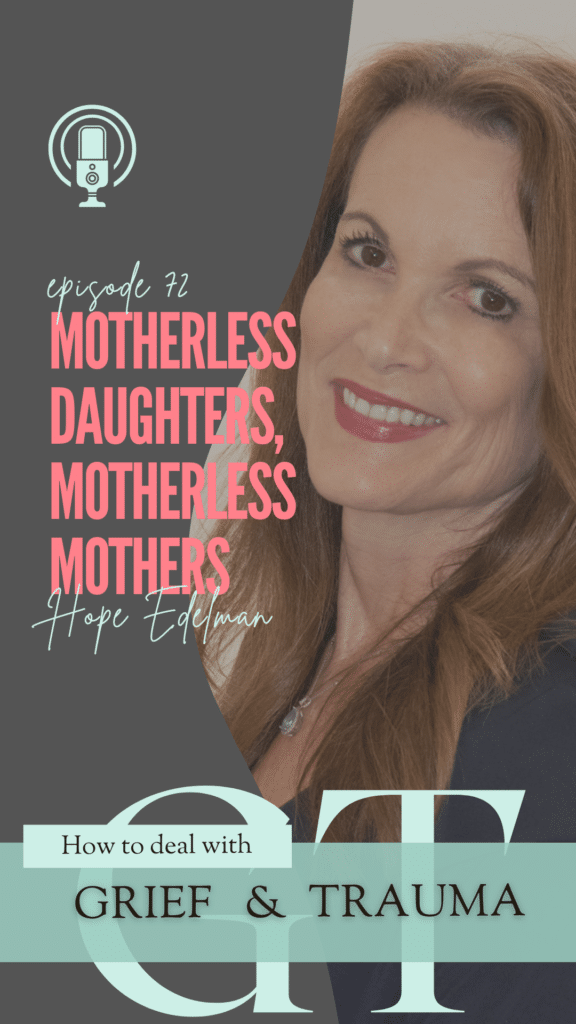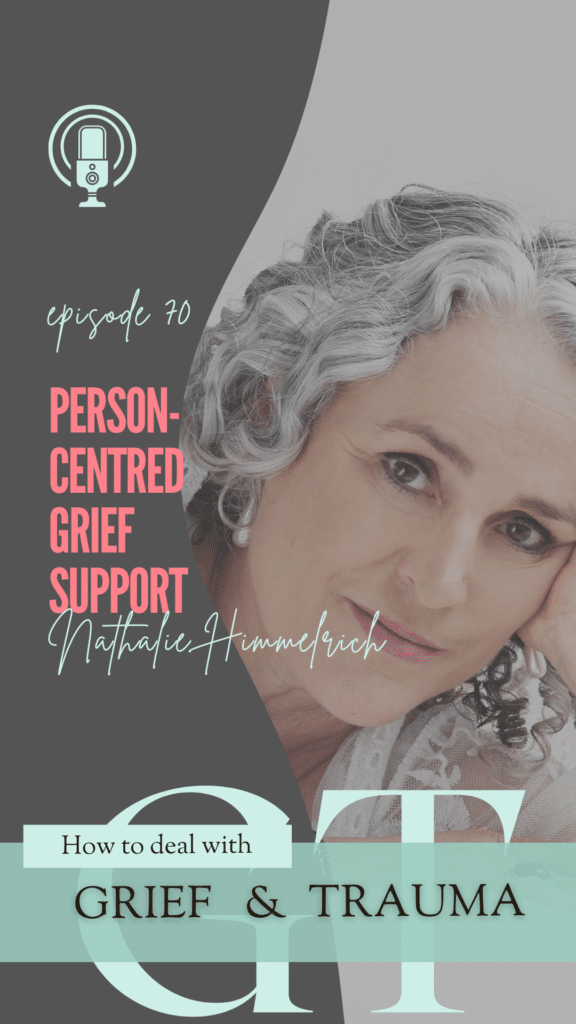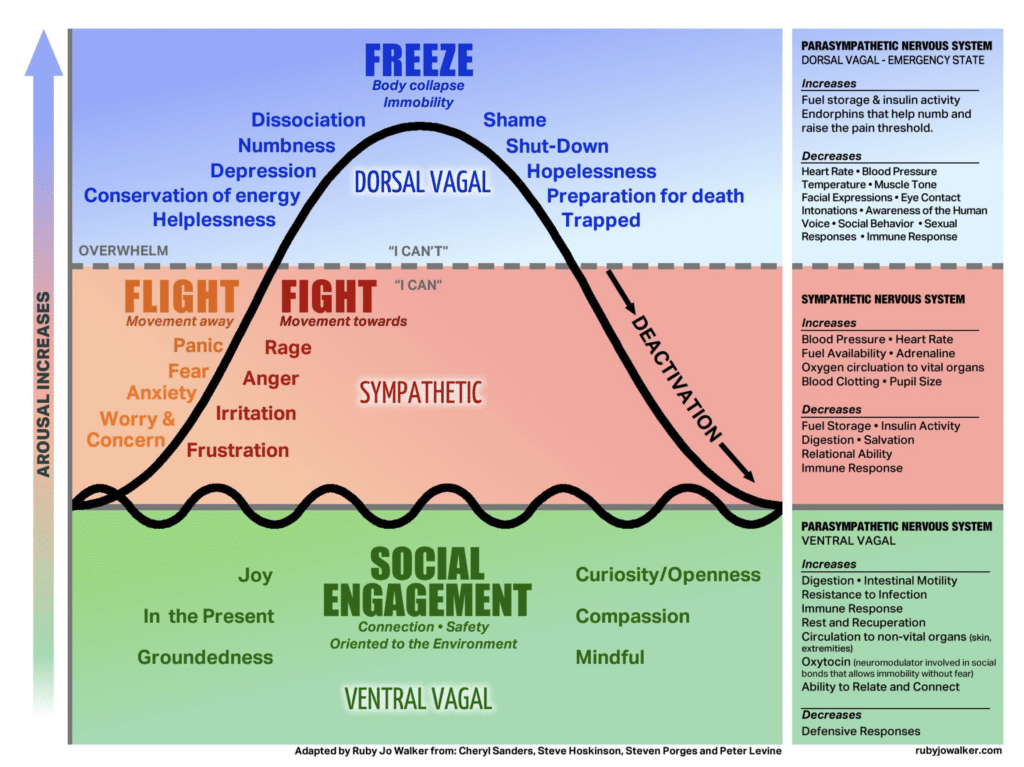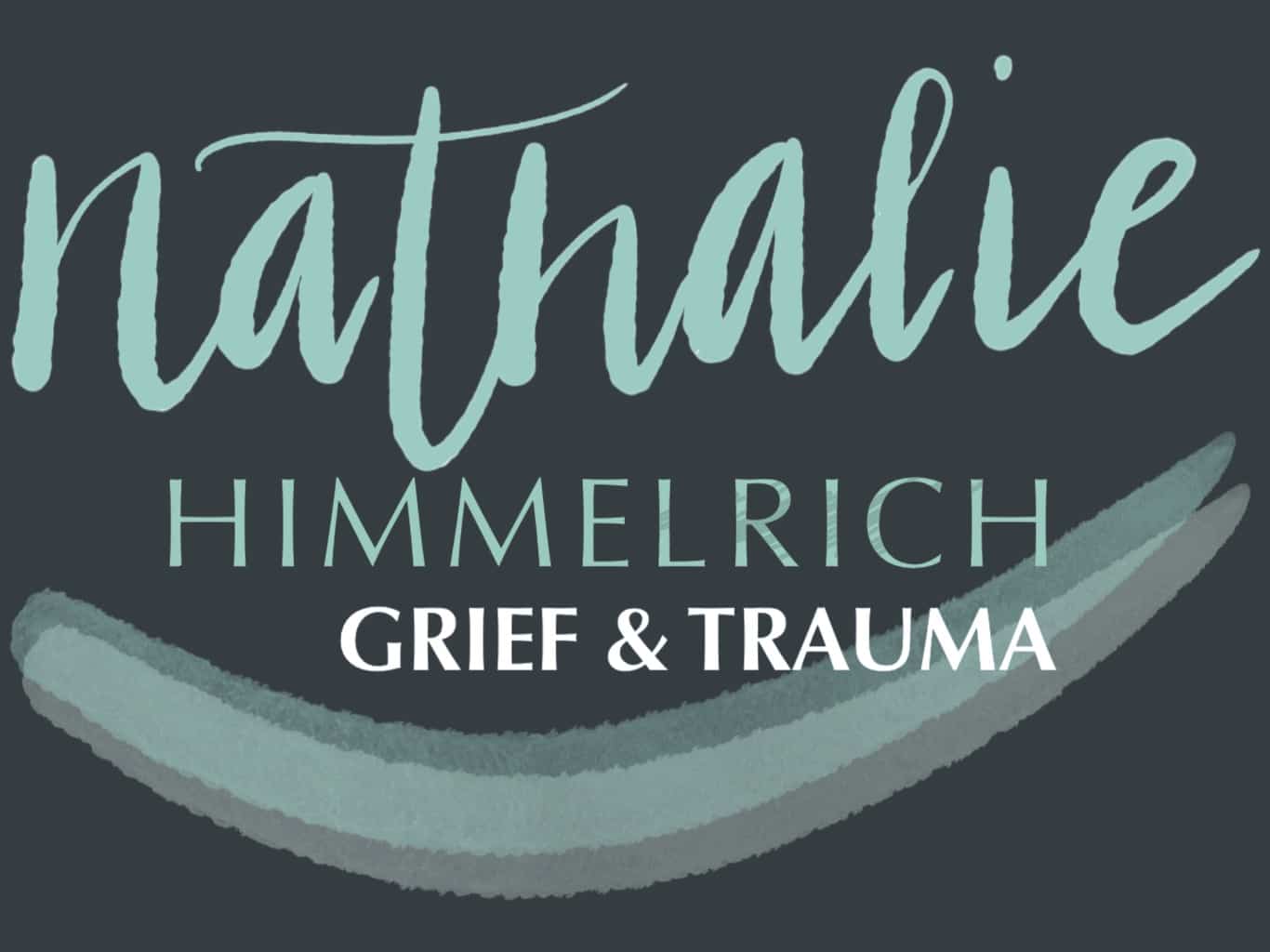HOW TO DEAL WITH GRIEF AND TRAUMA is completely self-funded, produced, and edited by me, Nathalie Himmelrich.
Consider making a small donation to support the Podcast: bit.ly/SupportGTPodcast. Thank you!
For more information, please visit Nathalie’s website, join the podcast’s Instagram page, and subscribe to the newsletter to receive updates on future episodes here.

About this week’s episode
Many motherless daughters or motherless mothers will have heard of Hope Edelman, who has written books to support bereaved women worldwide for many, many years. Her book Motherless Daughters was written almost 30 years ago and to this day it is being recommended to women, young or old, who are dealing with the loss of their mothers. More than that, I had the chance to meet Hope through mutual connections more than a year ago, and I’ve been touched by her gentleness and the passion with which she serves her community of bereaved women. 12 1/2 years ago I lost both my mother and my daughter in the time of 4 1/2 months. So, this upcoming conversation is very dear to my heart.
About this week’s guest
Hope Edelman is the author of eight nonfiction books, including the bestsellers Motherless Daughters and Motherless Mothers, and The AfterGrief: Finding Your Way Along the Long Arc of Loss. Her books have been published in 17 countries and 11 languages and have sold over 1 million copies.
Hope speaks at venues and conferences worldwide and has taught nonfiction writing for more than 25 years. Her articles and essays have been published widely, including in The New York Times, The Washington Post, Psychology Today, Parade, Real Simple, and CNN.com.
She is a certified life coach with additional training in narrative therapy and trauma support services. In 2020 she was the recipient of the prestigious ADEC Community Educator award. As the founder and CEO of MotherlessDaughters.com, she creates and leads online support groups, in-person retreats, webinars, and Mother’s Day programs that reach thousands of women each year.
- Website: www.hopeedelman.com
- IG: @hope_edelman
- FB: www.facebook.com/hopeedelmanauthor
Resources mentioned in this episode:
- Hope’s book: Motherless Daughters: The Legacy of Loss
- Mother’s Day Luncheon and Conference – Check info on Hope’s website www.hopeedelman.com
Support the show:
- Become a supporter of the show! Starting at $3/month
- Join Facebook Group – Grief and Trauma Support Network
- Download the FREE grief resource eBook
- Book a Discovery Call
- Leave a review
Follow on socials:




